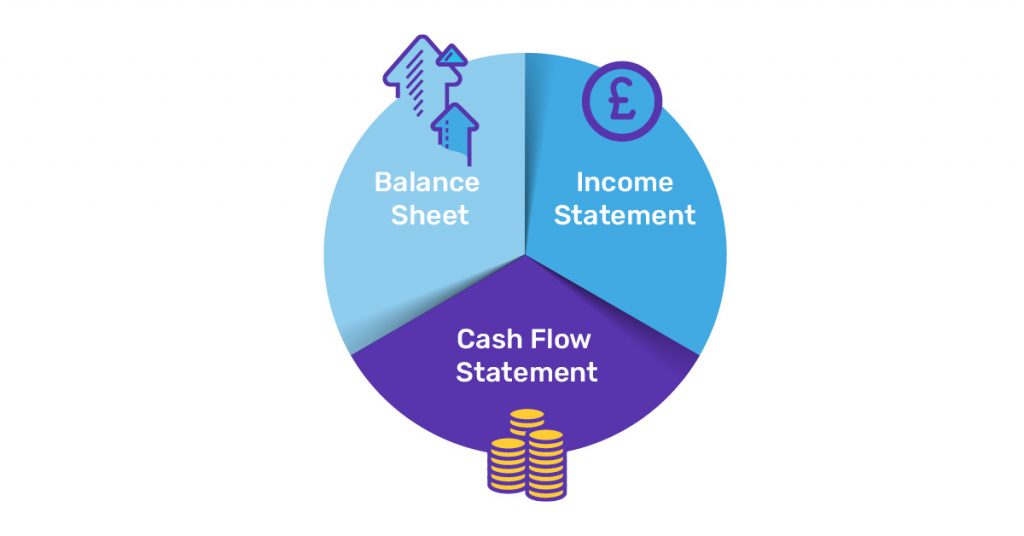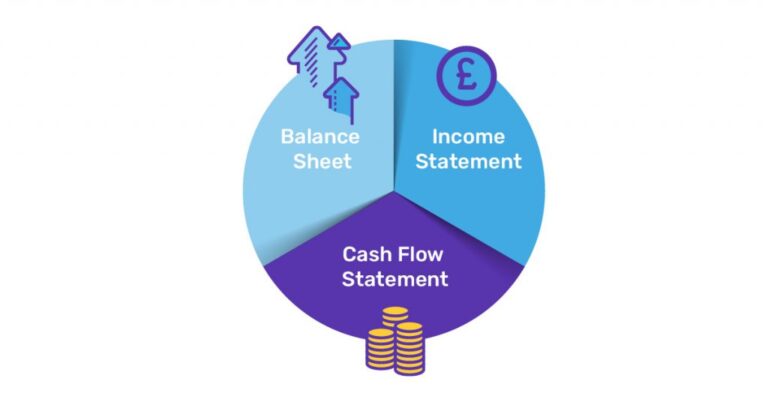Startup ideas are often abundant and appear to hold significant promise. However, transforming these nascent ideas into successful, viable businesses requires rigorous validation processes. Effective validation is essential because, with it, even the most creative and innovative ideas can succeed if they lack a proper market fit or sufficient customer interest.
The validation process involves assessing an idea’s potential using various methodologies and frameworks to ensure that it aligns with market needs and demands.
This article delves into the importance of validation and explores comprehensive methodologies to evaluate startup ideas effectively. By applying these robust frameworks, founders can avoid investing valuable time, resources, and effort into concepts that may not achieve market traction, ultimately leading to more informed decisions and greater chances for sustainable growth.
Market Validation

Effective market validation is crucial for determining whether there is a genuine need for your product or service within the target market.
This process not only confirms that your startup idea addresses a real problem but also assesses its potential for profitability. Following a structured validation approach is important to ensure that your product meets market demands and has a solid chance of success.
The Harvard Business School method offers a comprehensive framework for this process, outlined as follows:
- Write down goals, assumptions, and hypotheses related to your product. This foundational exercise helps clarify your vision and reveals potential gaps in your understanding. By setting clear objectives and assumptions, you create a roadmap for assessing the viability of your startup idea.
- Assess Market Size and Share: Analyse the size of your target market and evaluate whether there is sufficient space for your startup. Conduct thorough market research to identify potential opportunities and ensure enough demand to support your business. This step involves understanding the scope of your market and the competitive landscape.
- Research the Search Volume of Related Terms: Utilise tools such as Moz to investigate the search volume for keywords related to your product. This data helps gauge whether there is an existing demand for your offering and can provide insights into customer interest and market trends.
- Conduct Customer Validation Interviews: Engage directly with potential customers to understand their needs, challenges, and preferences. Conducting interviews and gathering feedback allows you to refine your product concept based on real-world input, ensuring it aligns with customer expectations.
- Test Your Product or Service: Implement alpha and beta testing phases to identify and address any issues before launching your product to the broader market. These testing phases help ensure that your product is ready for a larger audience and provide an opportunity to make necessary adjustments based on user feedback.
By following these steps, you can effectively validate your market, refine your product, and increase the likelihood of a successful market entry.
Lean Market Validation
Developed by Jim Semick, Lean Market Validation is a strategic approach aimed at rapidly and iteratively testing your startup idea to ensure market fit. This method involves several key steps:
- Write Down the Product Concept: Start by articulating your product concept and underlying assumptions clearly. This initial step helps establish a clear vision and a foundation for further validation. Documenting your concept and assumptions provides a baseline for assessing your idea’s viability.
- Decide Based on Customer Information: Use the feedback and insights gathered from potential customers to guide your decision-making process. This involves interpreting customer responses to evaluate whether your product addresses their needs and holds potential in the market.
- Test Assumptions: Validate your core assumptions through practical and measurable tests. Techniques such as creating landing pages or running targeted advertisements can provide data on customer interest and the effectiveness of your value proposition.
- Engage Your Network: Tap into your professional network to reach potential customers and gather additional insights. Networking can help gain early feedback and identify potential product advocates or critics.
- Interview Customers: Conduct detailed interviews with potential customers to identify their pain points and assess the value of your product from their perspective. These interviews are crucial for refining your product and ensuring it aligns with customer needs.
- Evaluate Customer Feedback: Analyse the feedback collected to determine if the expressed interest translates into actual purchases or support. This step involves assessing whether the customer’s engagement and interest are sufficient to warrant further investment and development.
Startup Grind Methodology

Startup Grind offers a comprehensive, cost-effective framework for validating your startup idea. This framework includes several critical steps to ensure your product meets market needs:
- Identify the Problem: Focus on the problem rather than jumping straight to the solution. This approach helps you understand the core issue that your product aims to address, ensuring that your solution is targeted and relevant.
- Assess Problem Tier: Evaluate whether the problem is substantial and urgent for your target market. Determine its significance to ensure it is a priority for potential customers and warrants a viable solution.
- Evaluate Existing Solutions: Conduct a thorough analysis of the current available solutions. Identify gaps, limitations, and pain points that your product can address. This step helps you position your product effectively and highlights unique selling propositions.
- Determine Budget: Assess whether customers are willing to pay for a solution to the problem. This involves analysing competitors’ pricing and understanding customer willingness to invest in a solution. Gathering data on budget constraints and spending behaviour is crucial.
- Use Prospects to Define Your Roadmap: Collect and utilise feedback from potential customers to shape your product development and sales strategy. This feedback should inform product features, pricing strategies, and market positioning decisions.
Arnab Ray’s Startup Validation Framework
Arnab Ray presents a structured and graphical approach to validating startup ideas. This approach involves several key steps:
- Define the Why:
- Articulate the Problem: Clearly describe the issue your product aims to solve. Understanding the problem thoroughly helps in creating a targeted solution.
- Identify the Target Customer: Define who will benefit from your solution. Knowing your target audience is crucial for focused marketing and product development.
- Present Your Innovative Solution: Explain how your product or service addresses the problem uniquely and effectively.
- Set Validation Goals:
- Establish Clear Objectives: Determine specific goals for validation, such as the number of customer approvals, sign-ups, or successful pre-orders.
- Measure Success Metrics: Define metrics that indicate your validation goals have been met.
- Formulate Your Hypothesis:
- Develop Hypotheses: Create educated guesses about how your solution will perform or be received.
- Design Validation Tests: Plan and execute tests to verify these hypotheses. This could involve surveys, A/B testing, or prototype testing.
- Create Your Value Proposition:
- Highlight Key Differentiators: Identify and communicate what makes your product stand out.
- Detail the Benefits: Clearly articulate your product’s advantages and benefits to customers.
- Validate and Collect Feedback:
- Utilise Various Methods: Test your idea using Minimum Viable Products (MVPs), landing pages, or explainer videos.
- Gather Customer Feedback: Collect insights from potential customers to understand their responses and needs.
- Decide Based on Feedback:
- Analyse Feedback: Review the feedback collected to assess whether the idea is viable.
- Make Informed Decisions: Use the feedback to decide whether to continue developing your idea or pivot based on the insights gained.
Failory 4-Step Framework

Failory outlines a systematic, four-step framework for validating startup ideas to ensure they have market potential:
- Define a Pre-Selling Goal:
- Establish Validation Criteria: Clearly define what will constitute successful validation for your idea. This might include specific sales figures, the number of sign-ups, or set timeframes.
- Set Measurable Objectives: Determine quantifiable goals that can be tracked to assess the effectiveness of your validation efforts.
- Build a Minimum Viable Offer:
- Develop a Basic Version: Create a preliminary version of your product or service that includes only the essential features needed to test your concept.
- Examples of MVPs: This could be a landing page, a simple prototype, or a limited feature set of your product designed to attract early adopters and gather feedback.
- Pre-Sell Your Offer:
- Promote Using Various Channels: Utilise different marketing channels to introduce and sell your MVP. Effective channels include social media platforms, online forums, or targeted advertising.
- Engage with Potential Customers: Actively reach out to potential customers and leverage their interest to validate the market need and willingness to pay.
- Analyse Results:
- Evaluate Pre-Selling Performance: Review the data collected from your pre-selling efforts to determine if your goals were met. Look at metrics such as customer engagement, conversion rates, and feedback.
- Decide on Next Steps: Based on the analysis, decide whether to proceed with full-scale development, pivot your approach, or discontinue the idea if it does not meet the validation criteria.
SPD Load’s Idea Validation Method
SPD Load’s method for validating startup ideas is a comprehensive process that includes several key steps:
- Define the Why:
- Identify the Problem: Clearly understand and articulate the problem your idea is addressing.
- Target Customer: Determine who will benefit from your solution and define their characteristics.
- Innovation Behind the Idea: Explain how your idea is unique and innovative compared to existing solutions.
- Set Validation Goals:
- Criteria for Success: Establish specific, measurable goals to determine your idea is validity. This could include customer approvals, pre-orders, or sales targets.
- Timeframes: Set deadlines for achieving these goals to ensure timely evaluation.
- Formulate Hypotheses:
- Develop Hypotheses: Create hypotheses about how your solution will solve the identified problem and meet customer needs.
- Design Tests: Plan and conduct tests to validate these hypotheses and gather data on their accuracy.
- Create Your Value Proposition:
- Articulate Unique Benefits: Clearly describe what makes your product or service stand out.
- Highlight Benefits: Emphasize the specific advantages and value your product offers to potential customers.
- Validate:
- Utilize MVPs: Develop a Minimum Viable Product (MVP) to test your idea’s core functionalities with real users.
- Use Landing Pages: Create landing pages to gauge interest and collect leads.
- Explainer Videos: Use explainer videos to present your idea and gather initial reactions.
- Collect Feedback:
- Gather Customer Feedback: Collect feedback from users who interacted with your MVP, landing pages, or videos.
- Analyse Feedback: Evaluate the feedback to understand user perceptions, preferences, and any areas needing improvement,
- Decide:
- Evaluate Results: Based on the feedback and data collected, decide whether to proceed with full-scale development.
Pivot or Proceed: If the feedback indicates significant issues, consider pivoting your approach or refining your idea before moving forward.
Conclusion
In validating your startup idea, it is crucial to utilise comprehensive frameworks that thoroughly understand market needs, customer pain points, and product viability. These methodologies offer invaluable insights by guiding you through a systematic approach to assessing the demand for your product and the specific problems it aims to solve.
By rigorously testing your assumptions and collecting detailed feedback from potential users, you enhance your ability to refine and improve your product. This process increases the likelihood of a successful launch and helps your idea stand out in a competitive market. Employing these frameworks ensures that you effectively validate your startup concept, aligning it with real market needs and increasing its chances of success.












